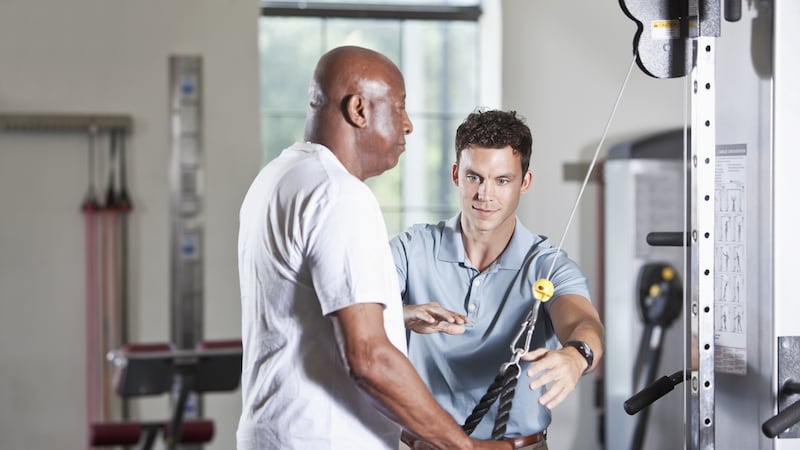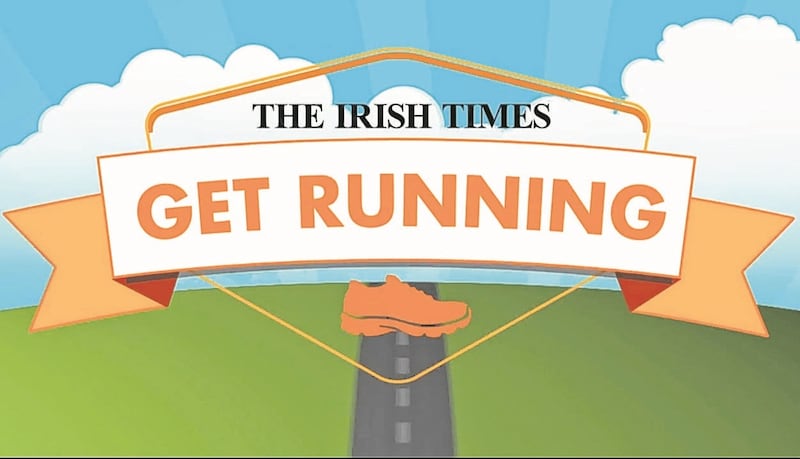With New Year’s resolutions fresh in our minds, gyms become increasingly popular during the month of January. In order to increase the longevity of your gym career for 2018, here are some top tips to stay injury-free.

1) Warm up
To get the blood flowing to the muscles you are about to work, you need to warm them up. Start with stretching, ideally dynamic stretches. This means you are moving as you stretch. For example, you can make arm circles in both directions, gently kick your legs forward/back/side to side. The key is not to hold any position. Next get your heart pumping by jogging on the spot or using a stationary bike for a few minutes. Lastly, practise the movements you are about to perform at a lower intensity. If you are doing weights, practise the movement weightless first.
2) Technique
Gym-based injuries are often treated by Chartered Physiotherapists. A huge factor that leads to these injuries is poor technique during an exercise. Most commonly, while performing squats, lunges, deadlifts and running with incorrect technique. It is important to ensure that you isolate the muscle that you are working as opposed to introducing other parts of the body during the process. Ideally, a Chartered Physiotherapist can observe your technique and advise you as necessary. Alternatively, you could use a mirror or video record yourself doing an exercise to analyse the movement. It is much easier to see if your technique is incorrect if you have visual feedback.

3) Intensity
Common New Year’s resolutions include becoming fitter, stronger or thinner for 2018. Be sensible. If you start back into the gym at a higher level than you are able for, you increase the likelihood of causing an injury. Start at a low intensity that you know your body can tolerate. Gently build on this intensity to prevent an injury. Moderately intense exercise involves an exercise which increases your heart rate but should be sustainable. You should be able to hold a conversation while exercising while also feeling that the exercise is somewhat difficult. Common injuries which result from changing the intensity of your exercise too quickly are tendon injuries. These injuries can be prevented by gently increasing the intensity of your gym program as you are able.
4) Hydration and nutrition
The Christmas party season can leave your body dehydrated and your eating habits can be sporadic, which can pose as a risk factor for injury at the gym. It is important to ensure that you have adequate nutrition according to your body weight and this can be analysed by your trainer. Stay hydrated to avoid muscle cramps and fatigue that can limit performance.
See below a guide on hydration;
Before: 200-600ml of water two hours before a workout.
During: 200-300ml of water every 10 to 20 minutes of your session.
After: 450-700ml of water for every pound of body weight lost after working out.

5) Variety
Whether you prefer running for exercise or lifting weights, it is important to incorporate variety into your gym regime. If you enjoy cardio/aerobic exercise it is important to do at least two resistance/weight-based training sessions a week. This could include free weights, body weighted exercises, yoga or Pilates. Core strengthening should be a part of your gym programme. This can help to reduce the likelihood of lower back injuries.
Most gyms have trained instructors that will be able to give you a programme. You can have your programme progressed as you become stronger and fitter. Remember it is only January, in order to reach your goals, you need to stay injury-free, so be mindful of the above tips.
Mairéad O’Connor is Senior Musculoskeletal Physiotherapist at Beacon Hospital.

Sign up for one of The Irish Times' Get Running programmes (it is free!) and Get Healthy for 2018.
First, pick the programme that suits you.
- Beginner Course: This programme is an eight-week course that will take you from inactivity to being able to run 30 minutes non-stop.
- Stay On Track: The second programme is an eight-week course for those of you who can squeeze in a 30- to 40-minute run three times a week.
- 10km Course: This is an eight-week course designed for those who can comfortably run for 30 minutes and want to move up to the 10km mark.
Best of luck!









